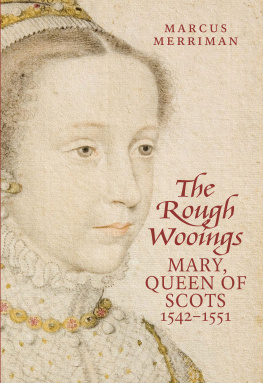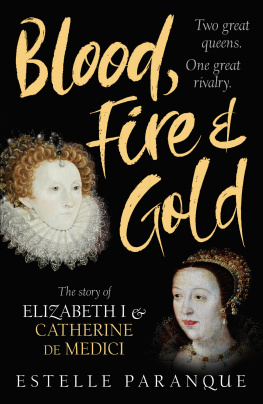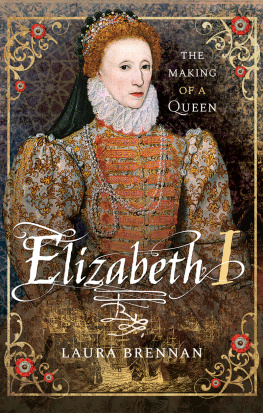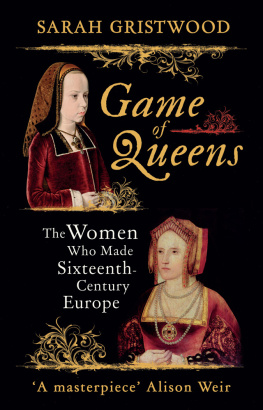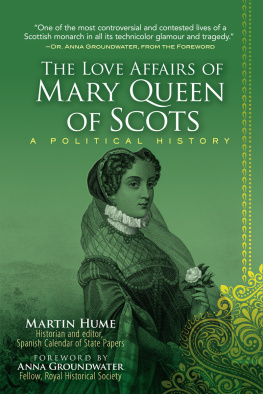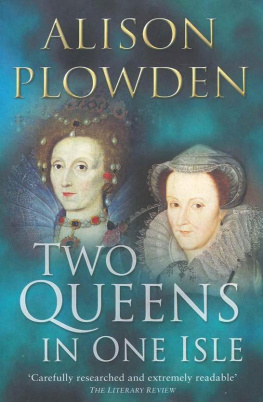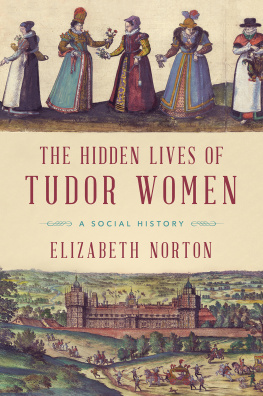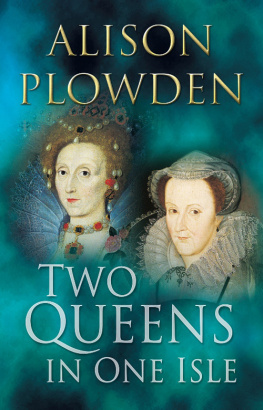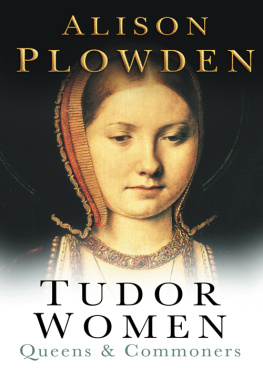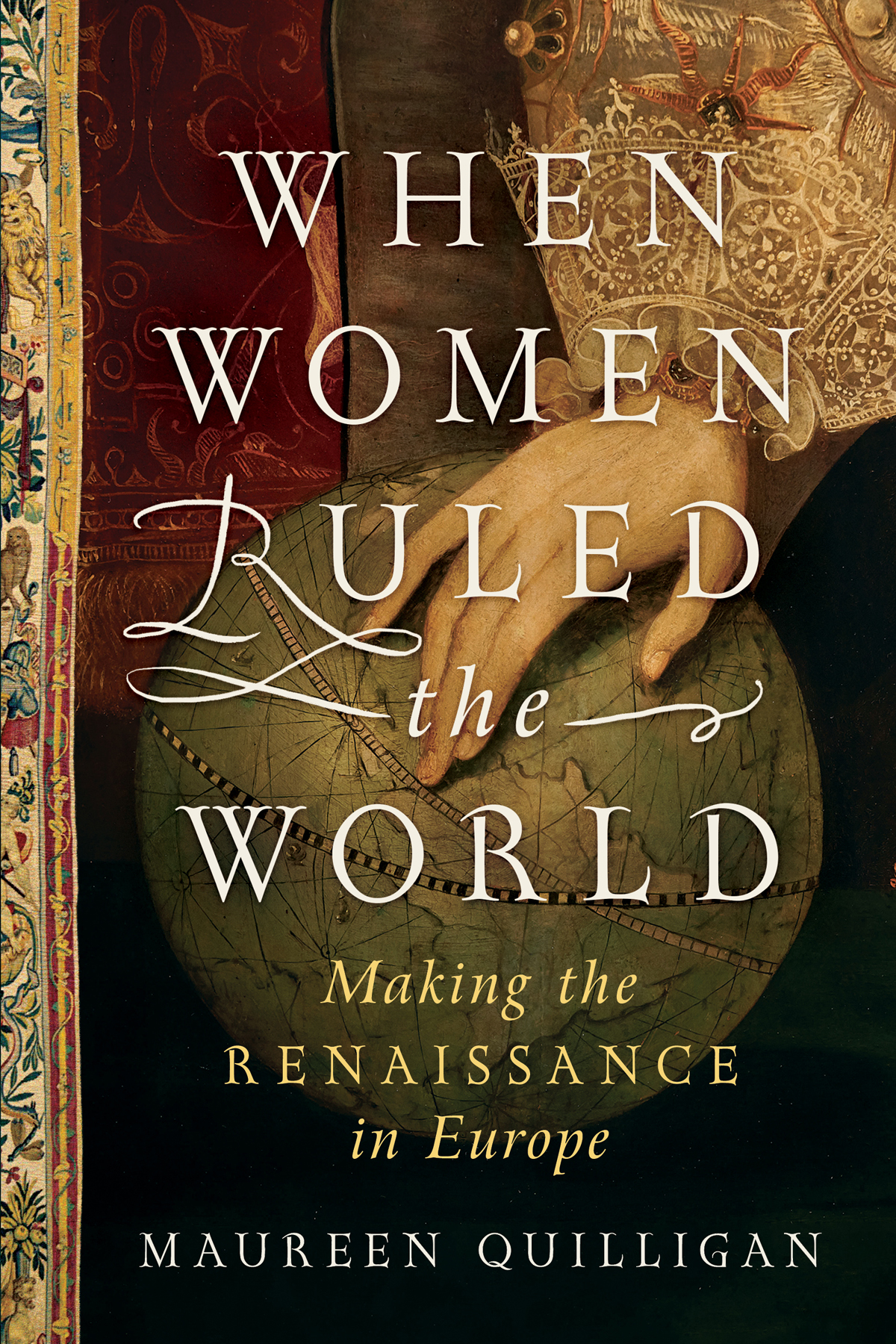Maureen Quilligan - When Women Ruled the World: Making the Renaissance in Europe
Here you can read online Maureen Quilligan - When Women Ruled the World: Making the Renaissance in Europe full text of the book (entire story) in english for free. Download pdf and epub, get meaning, cover and reviews about this ebook. City: New York, year: 2021, publisher: Liveright, genre: History. Description of the work, (preface) as well as reviews are available. Best literature library LitArk.com created for fans of good reading and offers a wide selection of genres:
Romance novel
Science fiction
Adventure
Detective
Science
History
Home and family
Prose
Art
Politics
Computer
Non-fiction
Religion
Business
Children
Humor
Choose a favorite category and find really read worthwhile books. Enjoy immersion in the world of imagination, feel the emotions of the characters or learn something new for yourself, make an fascinating discovery.

- Book:When Women Ruled the World: Making the Renaissance in Europe
- Author:
- Publisher:Liveright
- Genre:
- Year:2021
- City:New York
- Rating:4 / 5
- Favourites:Add to favourites
- Your mark:
When Women Ruled the World: Making the Renaissance in Europe: summary, description and annotation
We offer to read an annotation, description, summary or preface (depends on what the author of the book "When Women Ruled the World: Making the Renaissance in Europe" wrote himself). If you haven't found the necessary information about the book — write in the comments, we will try to find it.
In this game-changing revisionist history, a leading scholar of the Renaissance shows how four powerful women redefined the culture of European monarchy in the glorious sixteenth century.
The sixteenth century in Europe was a time of chronic destabilization in which institutions of traditional authority were challenged and religious wars seemed unending. Yet it also witnessed the remarkable flowering of a pacifist culture, cultivated by a cohort of extraordinary women rulersmost notably, Mary Tudor; Elizabeth I; Mary, Queen of Scots; and Catherine de Mediciwhose lives were intertwined not only by blood and marriage, but by a shared recognition that their premier places in the world of just a few dozen European monarchs required them to bond together, as women, against the forces seeking to destroy them, if not the foundations of monarchy itself.
Recasting the complex relationships among these four queens, Maureen Quilligan, a leading scholar of the Renaissance, rewrites centuries of historical analysis that sought to depict their governments as riven by personal jealousies and petty revenges. Instead, When Women Ruled the World shows how these regents carefully engendered a culture of mutual respect, focusing on the gift-giving by which they aimed to ensure ties of friendship and alliance. As Quilligan demonstrates, gifts were no mere signals of affection, but inalienable possessions, often handed down through generations, that served as agents in the creation of a steep social hierarchy that allowed women to assume political authority beyond the confines of their gender.
With brilliant panache (Amanda Foreman), Quilligan reveals how eleven-year-old Elizabeth Is gift of a handmade book to her stepmother, Katherine Parr, helped facilitate peace within the tumultuous Tudor dynasty, and how Catherine de Medicis gift of the Valois tapestries to her granddaughter, the soon-to-be Grand Duchess of Tuscany, both solidified and enhanced the Medici familys prestige. Quilligan even uncovers a book of poetry given to Elizabeth I by Catherine de Medici as a warning against the concerted attack launched by her closest counselor, William Cecil, on the divine right of kingsan attack that ultimately resulted in the execution of her sister, Mary, Queen of Scots.
Beyond gifts, When Women Ruled the World delves into the connections the regents created among themselves, connections that historians have long considered beneath notice. Like fellow soldiers in a sororal troop, Quilligan writes, these women protected and aided each other. Aware of the leveling patriarchal power of the Reformation, they consolidated forces, governing as sisters within a royal family that exercised power by virtue of inherited rightthe very right that Protestantism rejected as a basis for rule.
Vibrantly chronicling the artistic creativity and political ingenuity that flourished in the pockets of peace created by these four queens, Quilligans lavishly illustrated work offers a new perspective on the glorious sixteenth century and, crucially, the women who helped create it.
8-page color insert and 40 black-and-white imagesMaureen Quilligan: author's other books
Who wrote When Women Ruled the World: Making the Renaissance in Europe? Find out the surname, the name of the author of the book and a list of all author's works by series.

